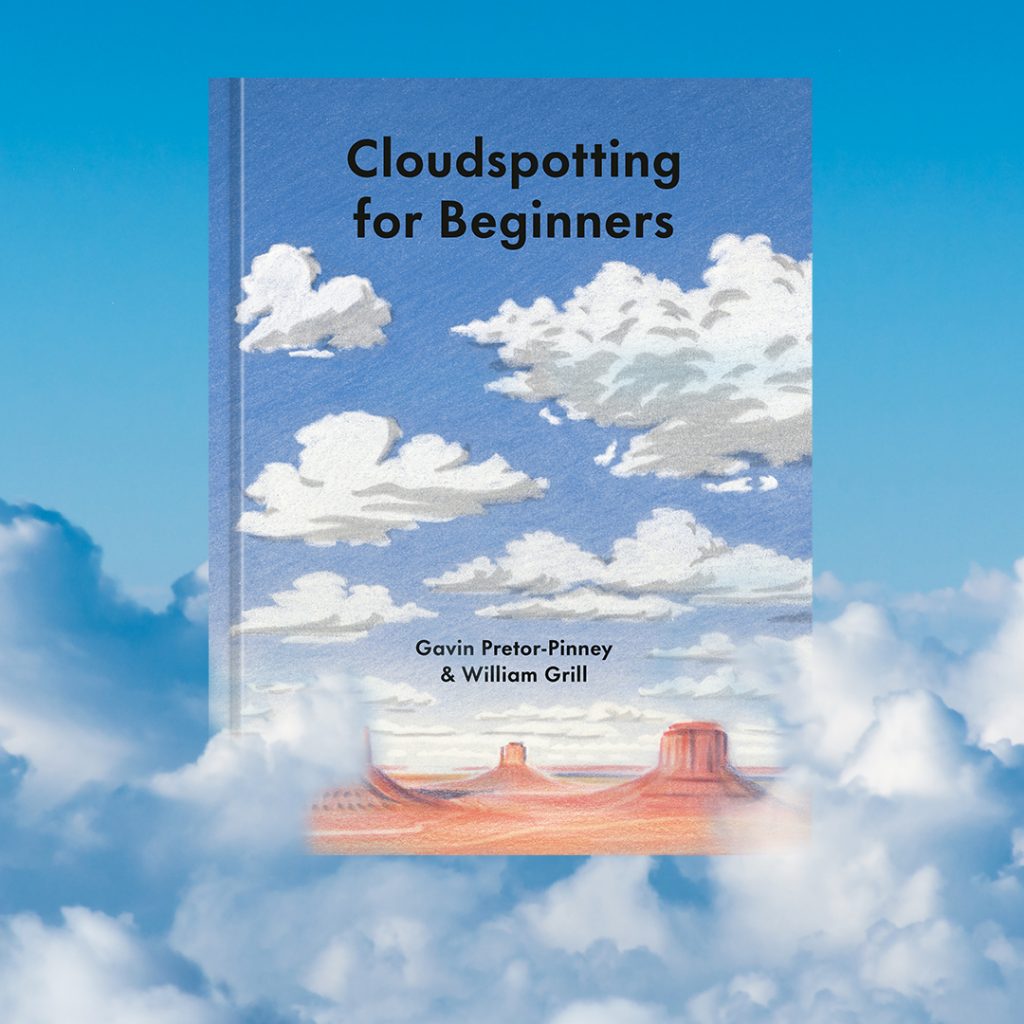Learn All About England’s Cloudy Weather

England’s cloudy weather shapes daily life, adds character to the countryside, and brings unique moods to towns and cities. Many picture the English sky as grey or misty, and for good reason. Yet there’s much more to these clouds than meets the eye.
From foggy mornings to patchy cloud cover, the clouds floating over England make for some interesting stories. Let’s break down what makes England’s clouds so distinctive, the types you’ll spot, and why some regions see more of them than others.
Why England Is So Cloudy
England’s mild climate is shaped by the North Atlantic Drift and frequent low-pressure systems. These weather patterns bring moist air that meets cooler land, forming clouds.
This mix leads to regular overcast days, especially in autumn and winter. The country’s location between the ocean and continental Europe means shifting weather remains common year-round.
Understanding Cloud Types
Cirrus clouds are the high-flying wisps you see on clear days. They form at altitudes above 20,000 feet, made of ice crystals due to low temperatures. They look like brushstrokes in the sky, and often hint at good weather (if they thicken, this could signal an approaching warm front).
Cumulous clouds are the classic bit ‘cotton wool’ clouds, that form at lower altitudes and typically mean fair weather. Again if they grow tall and darken at the base, this could develop into cumulonimbus clouds (which bring thunderstorms).
Stratus clouds look like big grey sheets, on dreary overcast days. They form at low altitudes, and often result in drizzle or light snow. But not usually a sign of severe weather.
Nimbus clouds are ones that usually occur just before or when it’s raining. It’s time to get out your umbrella!
If caught in a thunderstorm, keep a safe distance from trees and metal objects (umbrellas, golf clubs, motorbikes, wheelchairs, tent poles). Stay inside cars (fabric tops could catch fire, if struck).
If exposed, squat close to the ground with hands on knees, and tuck your head between them, touching as little of the ground with your body (don’t lie down). If your hand stands on end, drop to the above position immediately.
Cloudy Weather Across the Regions
Not every English region gets the same dose of cloud. The North West, including Cumbria and Manchester, ranks high for cloudiness due to mountains and moist Atlantic winds.
The South East, especially Kent and Essex, see more sunshine. London falls in the middle, often grey but with brighter stretches, thanks to its slightly warmer urban climate.
Why Are Clouds White and Grey?
Clouds look white when sunlight reflects off water droplets at the top, spreading every colour. When clouds thicken or grow taller, less light passes through, making the bottom look grey. Heavy rain clouds often turn an even darker shade.
This basic science gives English skies their many shades of grey, from pale silver to deep charcoal.
England’s Cloudiest Places
Western coastal regions from Cornwall to Cumbria top the charts for cloud cover. Towns like Keswick and Barrow have more overcast days than London or Cambridge. Mountainous areas catch moist air, which cools and turns to cloud. If you crave blue skies, you’re more likely to find them in the East of England.
Fog in England: Misty Mornings Explained
Fog is simply a cloud that forms at ground level. In England, it’s most common in valleys, near rivers, or during cold autumn nights. Famous for “pea-soupers” in old London, fog still rolls in from time to time, reducing visibility and shrouding towns in a ghostly white glow.
It forms when damp air cools quickly or mixes with colder air near the ground.
Cloud-Spotting and Outdoor Life
England’s changeable sky makes outdoor life interesting. Walkers keep an eye on the clouds to guess if rain is coming. Farmers use cloud types to plan work. Even city dwellers notice how clouds affect their mood and the feel of their local area. Watching for breaks in the cloud is a quiet part of English culture.
Cloud Forests and Wetter Woodlands
Cloud forests are rare in England but common in tropical regions abroad, where moisture from clouds supports dense, mossy woodland. England’s dampest woods in counties like Devon and Cornwall resemble mini cloud forests, often shrouded in mist and dripping with rain. The closest local match might be Dartmoor, with its fog and lichen-covered trees.
The Little Book of Weather is a beautifully illustrated informative guide, written by a researcher at the Met Office. Learn about temperatures, air pressures, wind, clouds, rain, rainbows, hail, snow, thunder, lighting.
And what causes extreme weather events (tornadoes, hurricanes, typhoons, floods, droughts and landslides).
An Experiment to Show ‘How Clouds Work’
The Met Office’s website has an experiment you can do to ‘make your own cloud’ in a glass. Place some ice in a metal dish, then pour a little warm water into the bottom of a glass tumbler.
When the dish is very cold, put it on top of the glass. You’ll see a ‘cloud’ form near the top. This is how clouds work (cooling moisture air into tiny water droplets).
Don’t Go Paragliding Near Clouds!
Some clouds can even be dangerous. Cumulous clouds have thermal updrafts, which means paragliders can be ‘sucked into them’.
This happened in a 2007 thunderstorm, when professional paraglider Eva Wiśnierska-Cieślewicz lost consciousness and thankfully came to an hour later, so was able to land. However she was covered in bruises and ice!
More Info on Clouds & Cloudy Days

The Cloud Appreciation Society was founded by Gavin Pretor-Pinney, an Oxford graduate who switched from studying physics to philosophy.
Designed to help share a love of the sky, it has members in 120 countries, with donations helping villages abroad to harvest fresh drinking water from fog, and helping to stop illegal logging in Amazon rainforests. Download free lesson plans.
Gavin’s book Cloudspotting for Beginners is a beautiful introduction to clouds of all shapes and sizes. Learn their fancy Latin names, learn how clouds react with sunlight, and even visit ‘acid clouds’ on other planets.
The Pocket Cloud Book is written in association with The Met Office, to help you identify clouds above your head. Learn the 12 cloud types recognised by the World Meteorological Organisation and learn how climate change affects clouds.






